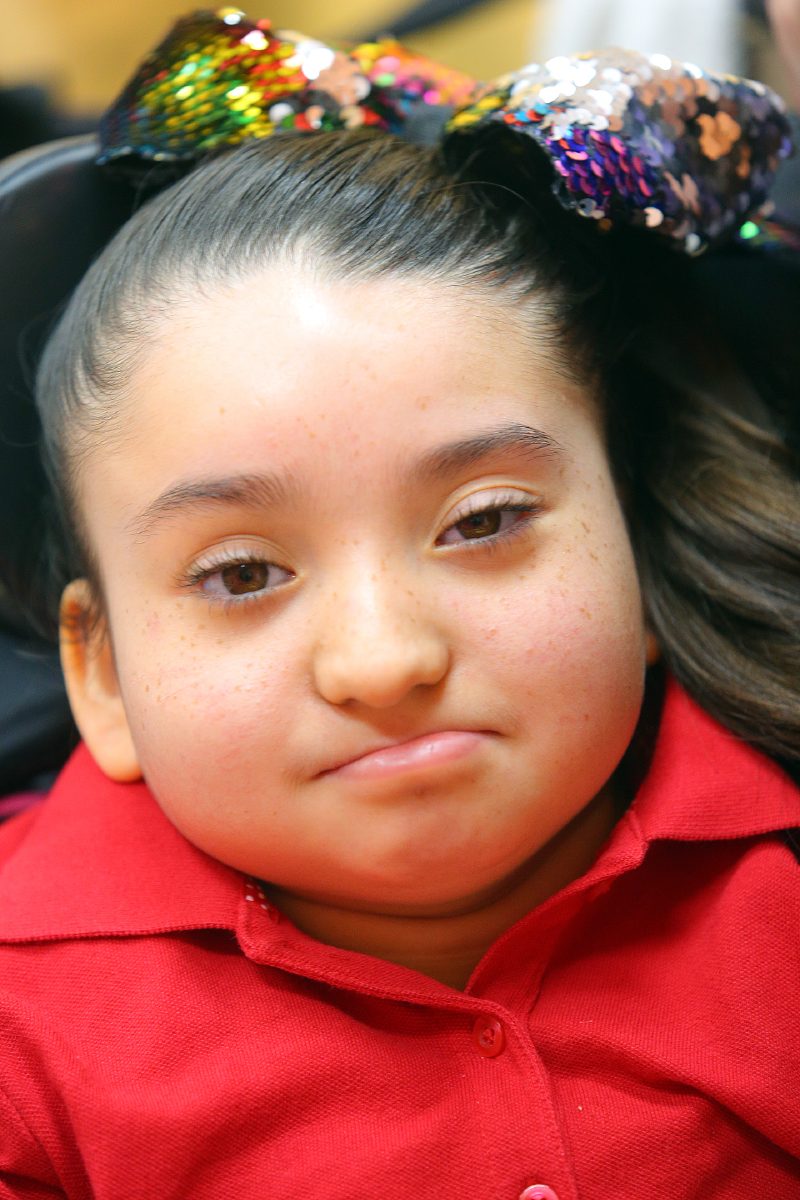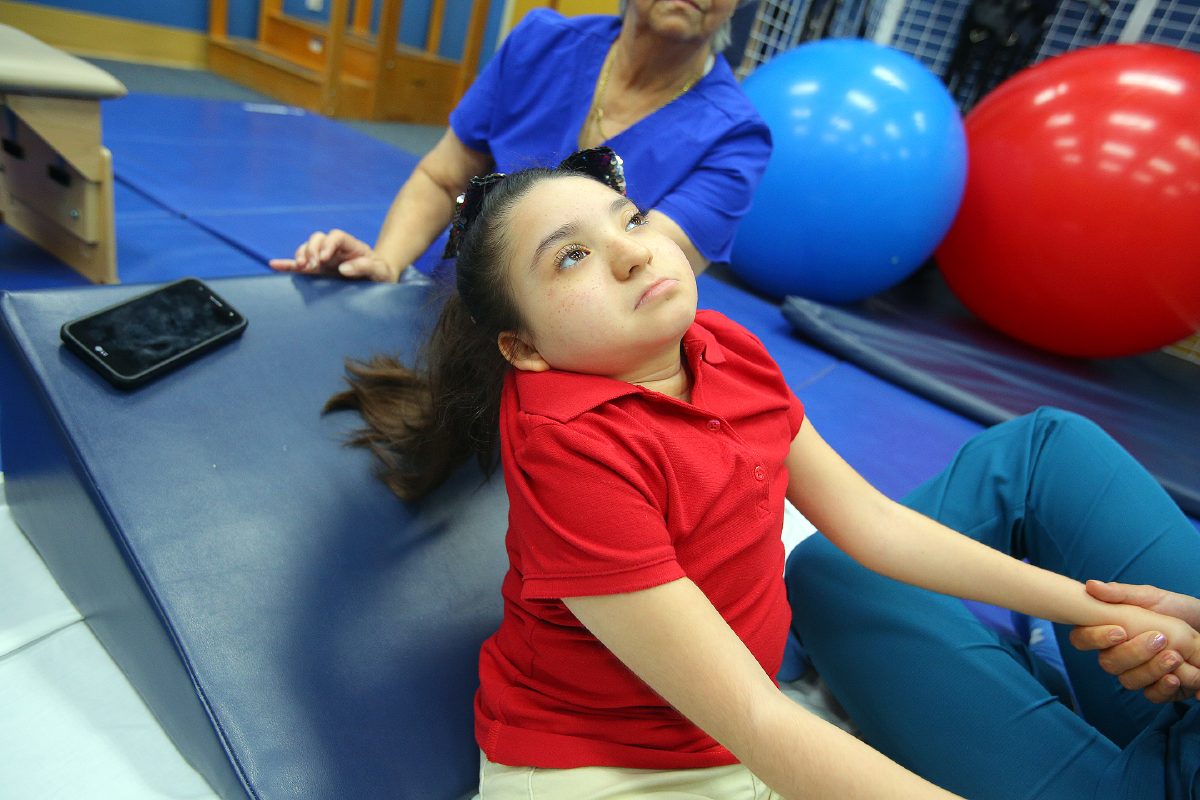
DONNA — It’s been more than three months since Luz Perez has smiled.
The 11-year-old Donna girl suffers from Rett syndrome, a severe neurological and developmental disorder that renders those who live with it immobile and nonverbal.
In Luz’s case, she’s not only confined to her pink motorized wheelchair, but can only communicate by smiling.
If she prefers one hairbow over another, she smiles. It’s also, of course, her way of expressing joy. When Enrique Iglesias’ music starts to play, she smiles. And when her older brother, Diego dances for her, she smiles.
But ever since Luz had bilateral hip surgery in July to reposition her hip bones, which were misaligned from sitting in a wheelchair almost her entire life, she is not the easily delighted girl her mother, Karla Perez, remembers.
“Do you want to smile for me, mama?” Karla asked her daughter earlier this month, cupping her daughter’s face, tickling cheeks that did not smile back.
“I just want to see your smile. You’re not ready to smile yet?” Luz closed her eyes. Rett syndrome is caused by a spontaneous chromosomal mutation found almost exclusively in girls. The disorder is usually recognized during a child’s first couple years of life, as they either slowly lose their ability to talk and stand, or never reach those milestones at all. Luz was diagnosed when she was 22-months-old, and has never said a word or stood on her own.
Karla spoke for her daughter, which she does often: “I’m here, just trapped. I know what you’re talking about. I can’t respond with words, but I understand.”
A study conducted at Montefiore Medical Center in New York showed that children with Rett can comprehend information better than expected. Researchers used eye-gaze technology that tracks subjects’ eye movements to allow them to respond to questions.
Additional symptoms of Rett include scoliosis, breathing issues, slowed growth rate, loss of muscle tone and seizures, which have been Luz’s greatest issue so far.
The most distinguishable characteristic is repetitive and irregular hand movements, which is how Dr. Marcos Valdez, the second neurologist Luz saw before being diagnosed, identified her condition.
There is no cure yet, only treatments and medications that help manage symptoms. So, as a mother of a daughter who suffers from Rett, Karla, 34, wants to share Luz’s story with as many people as she can, to promote awareness and spur research. October is Rett Syndrome Awareness month.
Rett is estimated to affect one in every 10,000
people worldwide, and through Rettsyndrome.org, a global organization that advocates for research, Karla has been connected to nine other families in the Rio Grande Valley with childrenwhohaveit,including one boy in Brownsville.
The walls of Luz’s room are painted in pink and purple, and like many other young girls, she has stuffed animals — most of which are unicorns — sitting on almost every piece of furniture there. Big hair bows and framed photos adorn the space. One shows Luz wearing a kindergarten graduation stole, and in another, she is sitting on a toy horse when she was 2, with her father, Juan Perez, propping her up.
But the room also shows a struggle most don’t face.
Next to Luz’s bed is a BiPaP machine which helps herbreathewhenshesleeps, and a pulse oximeter, which monitors her oxygen levels and heart rate throughout the night. If either of those levels go over or under normal settings, the machine beeps, signaling to Karla that Luz is struggling to breathe or may be having a seizure a sound she is all too familiar with. “There are nights when I do not sleep, but it’s OK, I am used to it,” Karla said, who used to be a medical biller at Therapy Associates, a rehab center in Weslaco that closed in 2013. Since then, she has been a stay-at-home mother.
“I sleep, but I still listen for the beeping,” she added.
Luz has been having seizures since she was 4 years old and started taking medications for the episodes every day since a week before her fifth birthday, Karla said.







